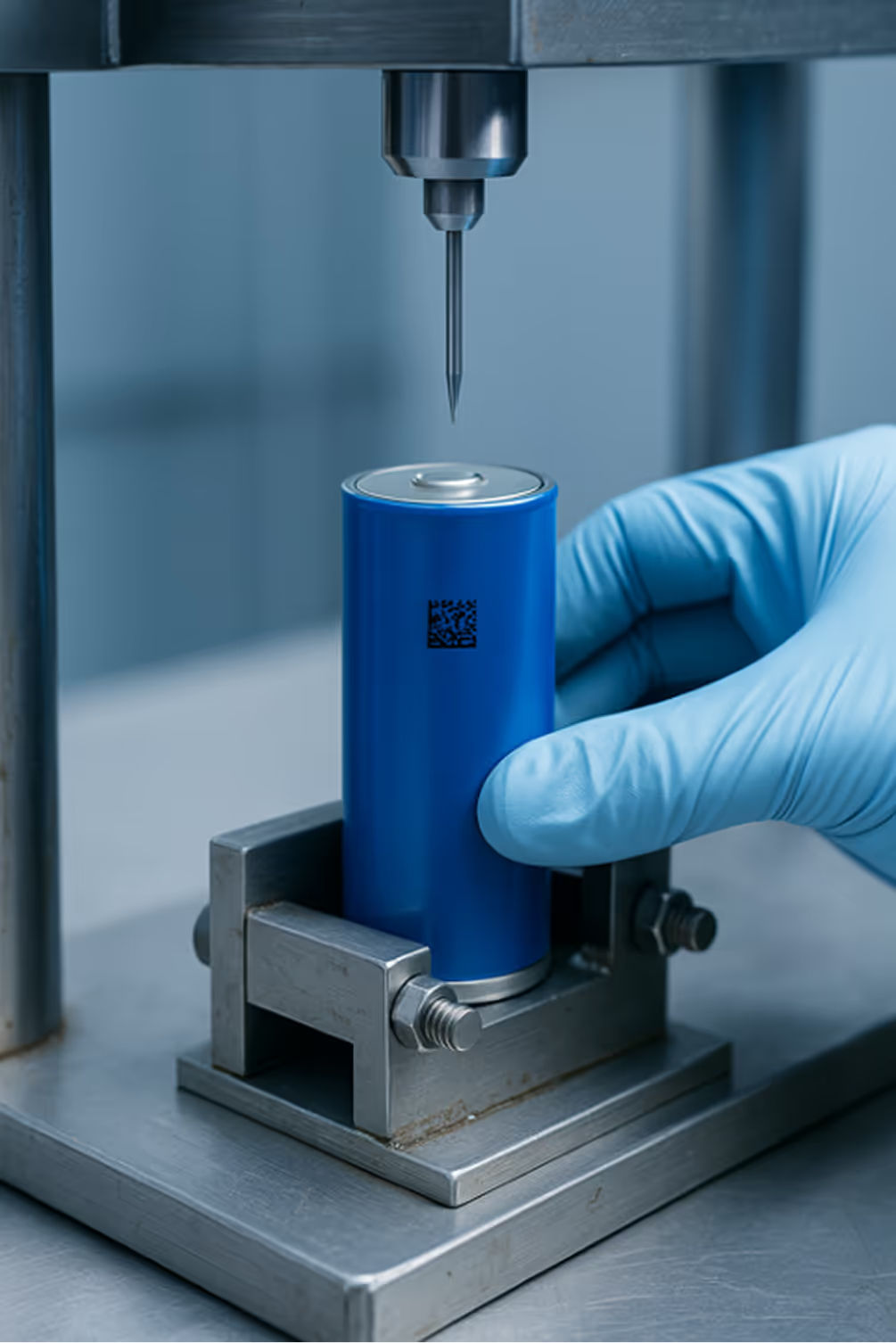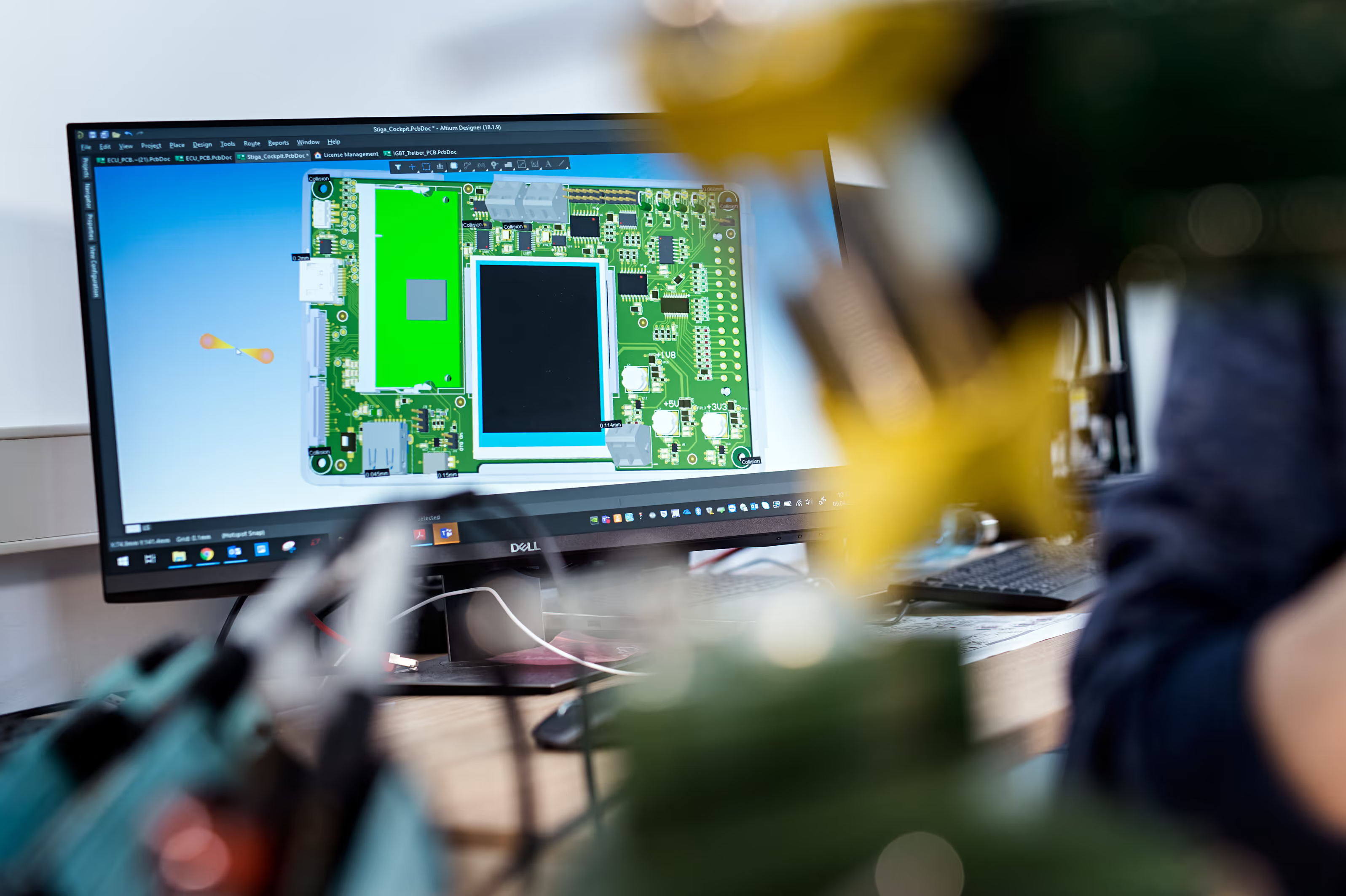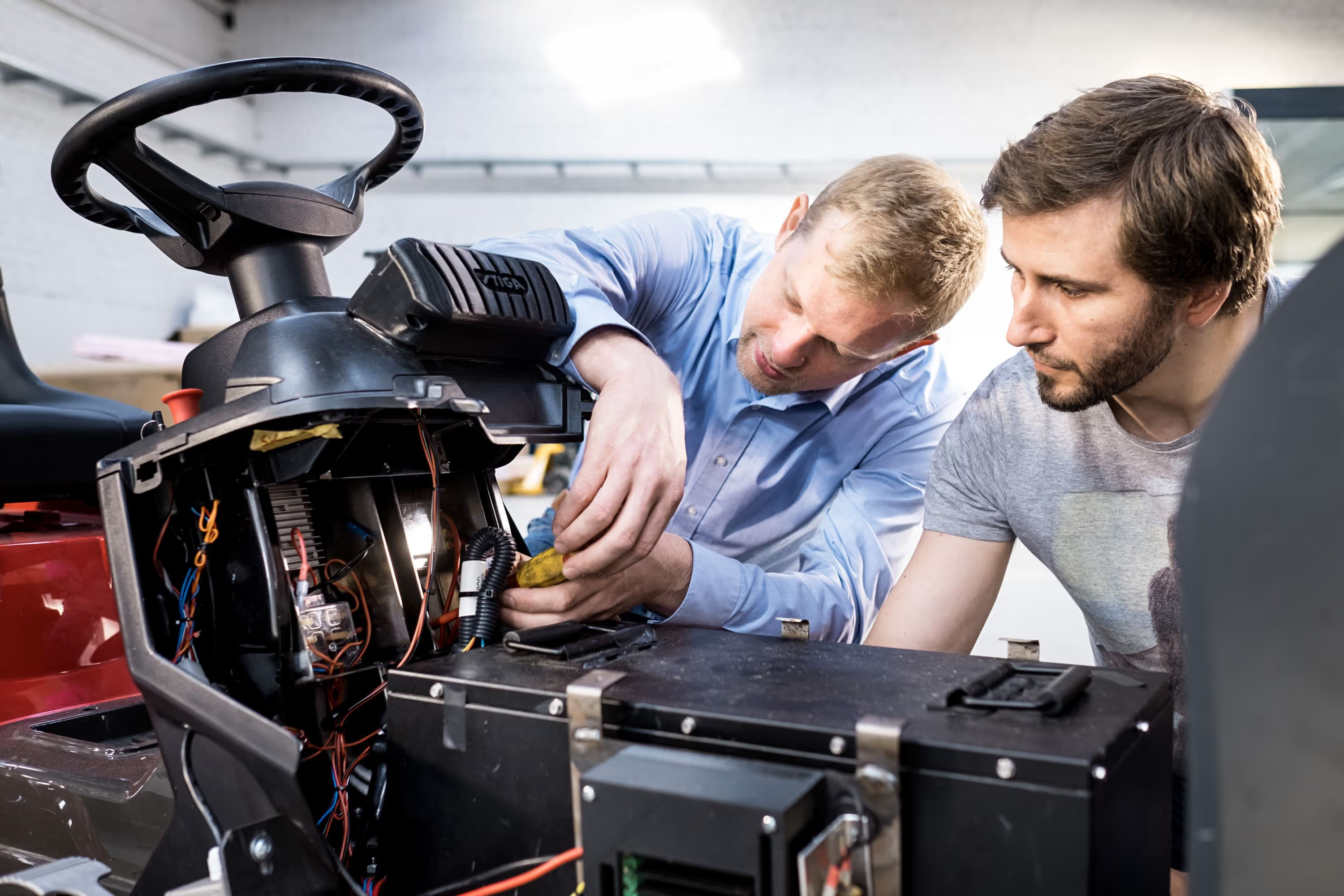CAN bus
CAN bus is a robust communication protocol that enables microcontrollers and devices to exchange data efficiently in real-time without a central host, widely used in automotive and battery systems.
In the rapidly evolving world of electric vehicles and advanced battery systems, efficient and reliable communication between electronic components is paramount. The Controller Area Network (CAN) bus stands as a cornerstone technology in this domain, providing a robust framework for data exchange that is essential for safety, performance, and integration. Originally developed for automotive applications, CAN bus has become indispensable in the battery industry, particularly in Battery Management Systems (BMS) and electric vehicles (EVs), where it facilitates real-time monitoring and control of critical parameters.
What is CAN Bus?
The CAN bus is a message-based protocol that allows multiple electronic control units (ECUs) to communicate with each other without a central computer. It was invented by Bosch in the 1980s to reduce wiring complexity in vehicles and has since been adopted in various industries. In the context of battery technology, CAN bus enables seamless data transfer between components such as battery cells, sensors, and control modules, ensuring coordinated operation and enhanced safety.
Key Features of CAN Bus
One of the standout features of CAN bus is its robustness in noisy environments, thanks to its differential signaling and error detection mechanisms. It supports multi-master communication, meaning any node can transmit data when the bus is free, which is crucial for real-time applications in EVs. Additionally, its priority-based arbitration ensures that critical messages, like those related to battery safety, are transmitted without delay.
How CAN Bus Works
CAN bus operates on a two-wire system (CAN_H and CAN_L) that transmits data in frames. Each frame includes an identifier that determines the message priority. When multiple nodes attempt to transmit simultaneously, the one with the highest priority wins through bit-wise arbitration. This mechanism, combined with cyclic redundancy check (CRC) for error detection, makes CAN bus highly reliable for applications such as monitoring battery voltage, temperature, and state of charge in BMS.
Applications in the Battery Industry
For professionals in the battery sector, CAN bus is integral to modern energy storage and electric mobility solutions. It is widely used in Battery Management Systems (BMS) to collect data from individual battery cells and communicate with other vehicle systems. In electric vehicles, CAN bus connects the BMS to the motor controller, charging system, and dashboard, enabling comprehensive control and diagnostics.
BMS and CAN Bus Integration
In a BMS, CAN bus allows for the aggregation of data from multiple sensors monitoring cell voltages, currents, and temperatures. This data is used to balance cells, prevent overcharging or deep discharging, and ensure optimal battery life. For instance, in lithium-ion batteries, CAN bus messages can trigger safety measures if abnormal conditions are detected, such as thermal runaway, thereby protecting the battery and vehicle.
EVs and Charging Infrastructure
Electric vehicles rely heavily on CAN bus for internal communication between ECUs. It facilitates the exchange of information between the BMS, powertrain, and infotainment systems. Moreover, in charging stations, CAN bus is often used to communicate between the vehicle and charger, managing charging rates and safety protocols. This interoperability is key to the widespread adoption of EVs and smart grid integration.
Benefits for Battery Professionals
Adopting CAN bus in battery systems offers numerous advantages, including reduced wiring, lower costs, and improved scalability. Its real-time capabilities ensure that critical data, such as state of health (SOH) and state of charge (SOC), is promptly available for decision-making. This is vital for maintaining battery efficiency and longevity in applications ranging from consumer electronics to grid storage.
Reliability and Safety Enhancements
CAN bus's error handling and fault confinement features make it exceptionally reliable, which is crucial in battery applications where failures can lead to safety hazards. By providing a standardized communication protocol, it simplifies integration with various components and systems, reducing development time and enhancing overall system robustness.
Challenges and Solutions
Despite its advantages, CAN bus faces challenges such as electromagnetic interference (EMI) in high-noise environments and bandwidth limitations with increasing data demands. However, advancements like CAN FD (Flexible Data-Rate) offer higher data rates and larger payloads, addressing these issues. For battery professionals, selecting the right CAN version and implementing proper shielding and filtering can mitigate these challenges.
Addressing Noise and Interference
In battery packs and EVs, EMI from motors and power electronics can affect CAN bus signals. Using twisted-pair cables, common-mode chokes, and proper grounding can enhance signal integrity. Additionally, software techniques like retransmission and error counters in CAN protocols ensure data accuracy, which is essential for reliable BMS operation.
Future Trends
The evolution of CAN bus continues with technologies like CAN FD and CAN XL, which support higher bandwidths and are better suited for advanced battery systems and autonomous vehicles. As the battery industry moves towards more connected and intelligent systems, CAN bus will play a pivotal role in enabling innovations such as vehicle-to-grid (V2G) communication and predictive maintenance.
CAN FD and Beyond
CAN FD allows for data rates up to 5 Mbps and payloads up to 64 bytes, making it ideal for complex BMS that require frequent updates of numerous parameters. Future developments may integrate CAN with Ethernet or other protocols for even higher performance, ensuring that battery systems remain at the forefront of technology.
Conclusion
In summary, CAN bus is a vital communication protocol that underpins the efficiency and safety of modern battery systems. Its robustness, real-time capabilities, and widespread adoption make it indispensable for professionals in the battery industry. As technologies advance, CAN bus will continue to evolve, supporting the growing demands of electric mobility and energy storage.
How PEM Motion Supports the Battery Industry
Navigating the complexities of CAN bus integration and compliance can be challenging for battery manufacturers, component suppliers, OEMs, and EV producers. PEM Motion serves as an international engineering and consulting partner with key expertise in Battery Testing & Compliance, BMS Solutions, Training, and Operations Support. They assist clients in developing and validating CAN bus implementations, ensuring adherence to international standards such as ISO 11898, and providing comprehensive testing procedures and documentation. By leveraging PEM Motion's services, companies can accelerate their time-to-market, enhance product reliability, and achieve regulatory compliance, ultimately driving innovation in the battery sector.
Our Focus
What we do

BATTERY Compliance
We ensure your batteries meet all compliance standards for safety and performance.

OPERATIONS & TRAINING
We empower your team with comprehensive training and operational consultation for battery technology and energy storage solutions.

BMS SOLUTIONS
We offer a wide range of Li-Ion battery solutions and Battery Management Systems for various industries.












